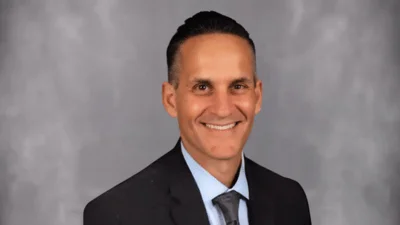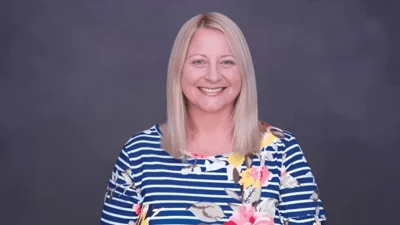Sen. Jason Barickman (R-Bloomington) | Photo Courtesy of Jason Barickman
Sen. Jason Barickman (R-Bloomington) | Photo Courtesy of Jason Barickman
Sen. Jason Barickman (R-Bloomington) recently reflected on changes made to the state’s way of funding public schools.
“It was a politically practical, pragmatic decision,” Barickman said. “I was very focused on getting something done. And it was very apparent to me that we weren't going to get something done without a hold-harmless. So while I think a hold-harmless has policy challenges, we weren't going to let perfection get in the way of getting something done.”
The Illinois Association of School Business Officials noted that then-Gov. Brue Rauner signed Senate Bill 1947 in 2017 that started an evidence-based school funding formula into law.
The Illinois State Board of Education explains evidence-based funding (EBF) this way:
“EBF sends more resources to Illinois’ most under-resourced students. EBF takes the necessary first steps toward ensuring all schools have the resources they need to provide a safe, rigorous, and well-rounded learning environment for all students. EBF demonstrates new mindsets for understanding the relationship between equity, adequacy, and student outcomes.”
According to Illinois Newsroom, Cindy Carpenter, the director of business and finance from the DeKalb school district, said the old system “didn’t put much money into” itself.
“What was happening with that formula was, each year they would be like, ‘Well, we just don’t have enough money to fund it. So, we’re going to do our calculation and now we’re going to prorate it. We’re gonna say you should get 20 million but, you know, we can only give you 85% of that,’” she said.
In October 2021, Illinois Newsroom looked at evidence-based funding and asked how the 2017 bill had affected school districts across the state. It noted: “When the funding model started, Illinois had over 150 school districts below 60% of their adequacy target. Today, there are just 16. Most Illinois students go to a school, like DeKalb, that’s between 60-70%.”
Carpenter said past funding made her worry.
“There was a time when we had like a $10 million fund balance, which was a little spooky,” Carpenter said. “So, we had to be very careful. We had to do some cuts, and now we’re going back and saying ‘Okay, we need more staff.”
For 2021, Advance Illinois mapped out the data of student attendance compared to funding equity and created a dashboard where interested individuals could learn more.





 Alerts Sign-up
Alerts Sign-up